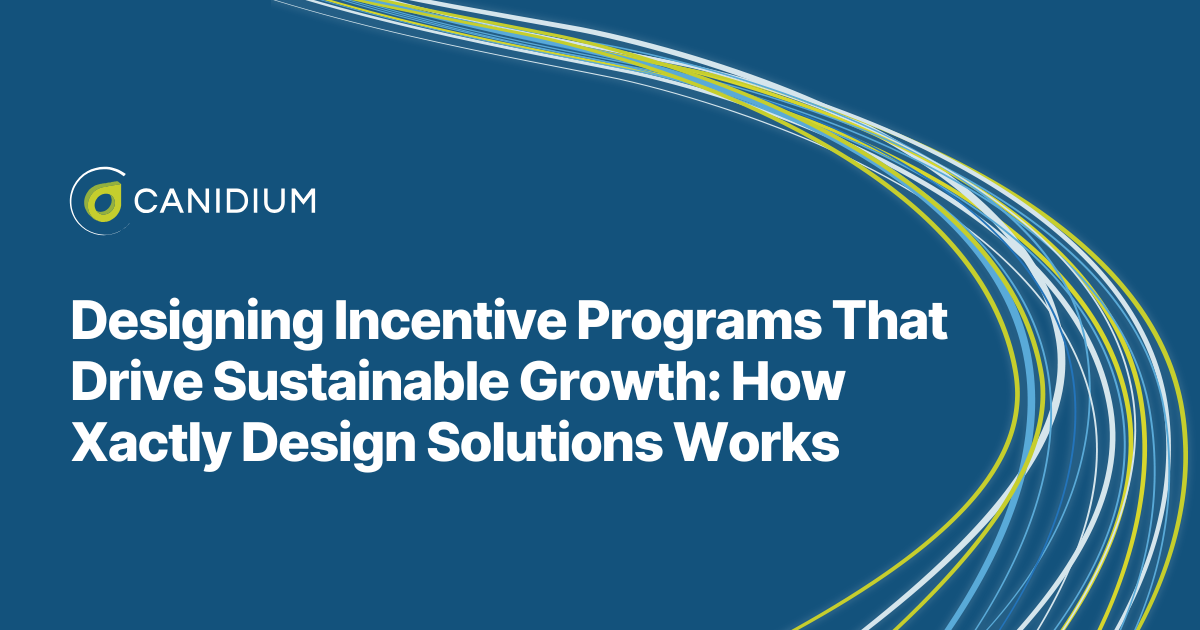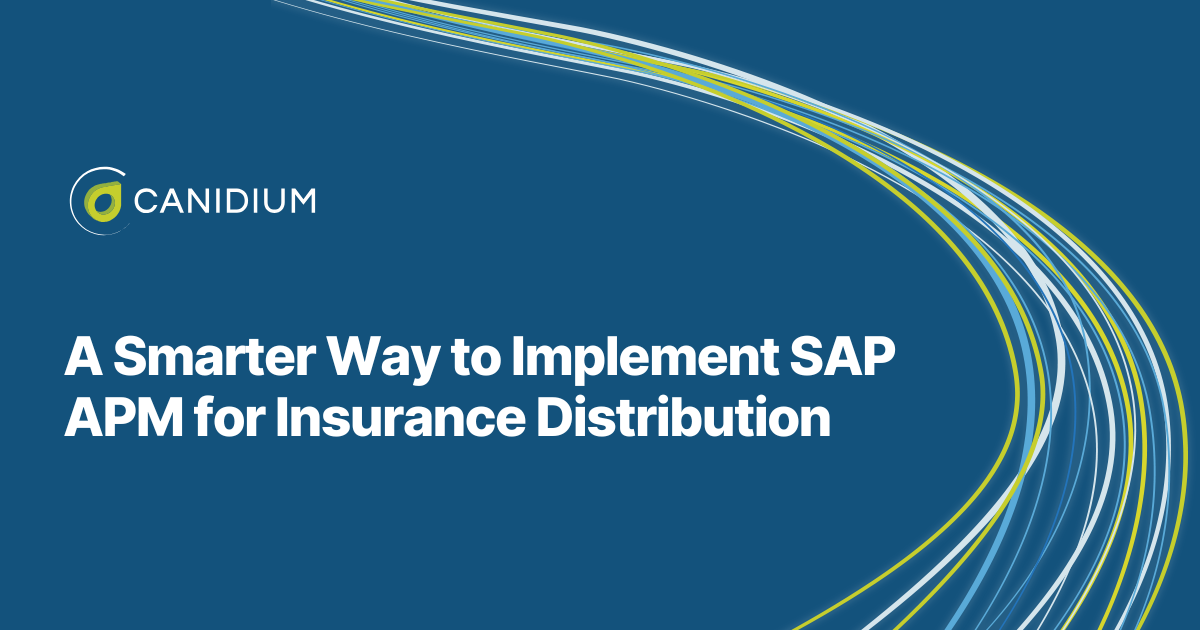Incentive compensation is one of the most powerful levers a business can pull to boost sales performance and retain top talent. But designing the right incentive plan isn’t as simple as picking a few KPIs and setting payout percentages. The stakes are high, misaligned plans can lead to disengaged reps, missed revenue targets, and costly turnover.
That’s where Xactly Design comes in. By combining years of proprietary pay and performance data with simulation and forecasting tools, Xactly Design allows you to build scalable, data-backed incentive programs that align with business objectives and motivate your sales force. However, to fully understand what Xactly Design does for its users, you need to dive deeper into its features and functionalities.
What Is Xactly Design?
At its core, Xactly Design is a strategic solution for creating, testing, and optimizing sales incentive plans. It goes beyond spreadsheets and gut feelings by giving you access to industry benchmarks, historical performance insights, and flexible simulation models.
Imagine being able to model the impact of a quota change or a new commission tier before you roll it out, you can see exactly how it would have performed in the past and what it could mean for future payouts. That’s the core idea behind Xactly Design.
The platform bridges the gap between upstream planning (strategic goals, territory assignments, and forecasting) and downstream execution (plan administration, payouts, and performance reporting), helping you align your larger goals with your incentive plan execution.
How Xactly Design Works
Now that you get the core functionality of Xactly Design, let’s round out your understanding by breaking down how the solution works. Xactly Design operates on three main pillars:
1. Surface Historical Performance Insights
Xactly Design puts your past sales data at your fingertips in an easily examinable format, so you can quickly assess past decisions. For example, if your organization shifted to a higher accelerators model last year, Xactly Design can show how that change impacted top performers versus mid-tier reps and whether it met the intended revenue goals.
This historical view makes it possible to avoid repeating mistakes and to double down on proven strategies. If your data shows that your incentive plans are successful, you can double down on these strategies. Alternatively, if you find certain incentives aren’t yielding results, you can course correct.
2. Simulate Potential Changes
What if you reduced base salary in favor of higher commissions? What if you introduced a new product-specific bonus? With Xactly’s simulation engine, you can test “what if” scenarios before committing, projecting their impact on individual earnings, total payout liability, and performance distribution.
For instance, a SaaS company considering a higher payout for multi-year contracts could run a simulation to see whether the change would significantly shift deal structures, or if the added cost outweighs the potential gain. With this tool, you can avoid guesswork, and improve the results of each strategic incentive.
3. Test and Adjust Measures
Markets change. Buyer behaviors change. Your incentive plan needs to keep up. Xactly Design lets you test any metric, new customer acquisition, upsell revenue, margin-based bonuses—and see how adjustments could affect both payouts and motivation.
For example, a manufacturing company facing supply chain delays might shift focus from pure revenue targets to gross margin preservation. Testing this change in Xactly Design ensures the plan still motivates the right behavior without creating unintended consequences.
The Problems Xactly Design Solves
If you aren’t able to analyze your data, you are flying blind. Moreover, without a structured, data-driven approach, organizations often face a range of challenges that undermine both revenue and morale. Here’s how:
Misalignment between plan design and business objectives
When incentive plans aren’t anchored to strategic goals, sales teams can end up chasing the wrong targets. For example, a software company might design a plan that heavily rewards license renewals, only to realize months later that their strategic growth hinges on acquiring new customers. While renewals are valuable, the plan unintentionally steered reps away from prospecting, causing new logo acquisition to stall.
Lack of reliable benchmarks
Without credible market data, it’s difficult to tell if your plan is competitive enough to attract and retain top talent. Imagine an organization that sets commission rates based on internal precedent rather than industry norms. Inevitably, team leaders will find that their competitors offered higher accelerators for exceeding quota, making it easier for rival companies to lure away their best-performing reps.
Inability to forecast impacts
When organizations make plan changes without modeling them first, the results can be costly. For example, imagine you’re rolling out a richer bonus for upselling premium packages without testing the impact. Consequently, such a change could be so appealing that most reps focus exclusively on premium sales, neglecting entry-level customers who often converted to long-term high-value clients. The unintended shift in sales focus could hurt overall revenue growth.
Disconnect between strategy and execution
Plans can also falter when strategic decisions made in the boardroom don’t align with what’s operationally feasible. To illustrate, picture a global industrial supplier introducing a new margin-based incentive to encourage more profitable deals. This sounds like a good strategy, yet the plan wasn’t communicated effectively to the sales operations team or integrated into their commission system. As a result, the company is likely to see delayed payouts, confusion among reps, and friction between sales and finance.
Forecasting and Predicting with Confidence
A standout feature of Xactly Design is its Incentive Forecasting capability. By unifying real-time pipeline data with historical performance metrics, you can visualize whether your current plan is on track, or if it’s missing the mark. For instance, if Q2 pipeline coverage looks strong but your historical data shows that similar quarters underperformed due to long deal cycles, Xactly can flag the risk early. That insight allows you to adjust incentives mid-year to encourage faster deal closure.
Best Practices in Incentive Plan Design
While Xactly provides the technology, the effectiveness of your plan still depends on applying best practices:
- Analyze Historical Data ThoroughlyUse past sales performance to set realistic yet challenging targets. For instance, if your top quartile of reps exceeded quota by 20% last year, you can confidently raise performance thresholds without risking burnout.
- Maintain Transparent CommunicationClearly explain how the plan works, why changes were made, and what behaviors it’s designed to reward. Transparency builds trust and engagement.
- Forecast Potential EarningsGive reps visibility into deal-by-deal potential payouts. A rep who sees that closing a strategic account could earn them $15,000 in commission is more likely to prioritize it over a smaller, less profitable opportunity.
How Canidium Helps You Implement or Refine Xactly Design
Even with the best tools, success hinges on execution. That’s where Canidium comes in.
As a long-term Xactly partner with extensive experience across industries, we help organizations:
- Implement Xactly Design from the ground up: Ensuring integrations, data flows, and user access are set up correctly for accurate modeling and reporting.
- Refine existing plans for better performance: We analyze your current incentive structures, run targeted simulations, and recommend data-backed adjustments.
- Connect Xactly Design to the bigger revenue picture: Aligning your incentive design with forecasting, territory management, and sales performance management (SPM) processes.
- Train your team: Empowering both sales operations and leadership to confidently use Xactly Design’s full feature set.
Getting Started with Xactly Design
Designing an effective sales incentive plan is both an art and a science. Xactly Design brings the science—hard data, proven benchmarks, and sophisticated modeling—while Canidium helps you configure the tool and establish the proper workflows so you can apply it in a way that fits your unique business needs and growth goals.
If you’re ready to take the guesswork out of incentive design, align your plans with strategic objectives, and motivate your sales force to perform at their best, our team can guide you every step of the way.








